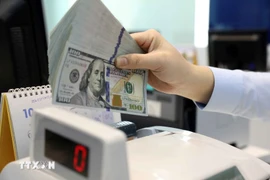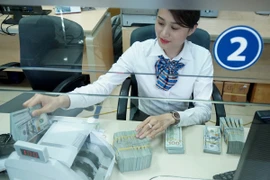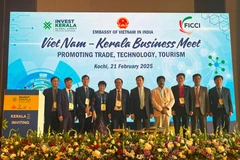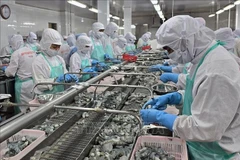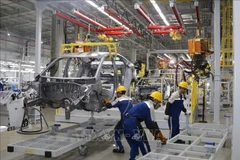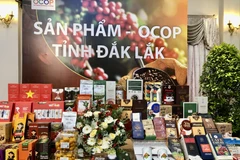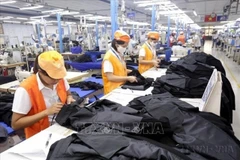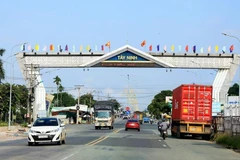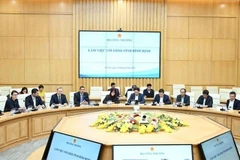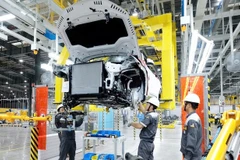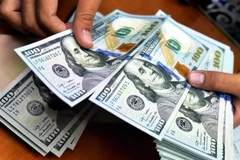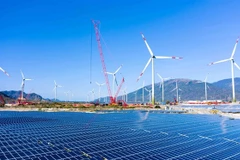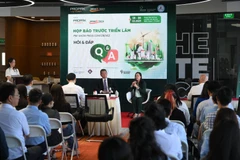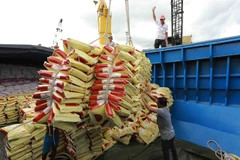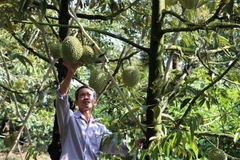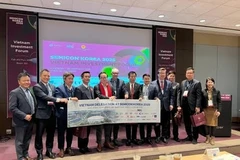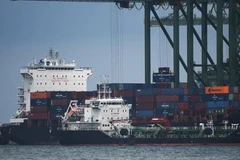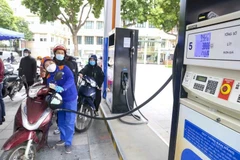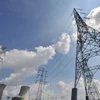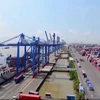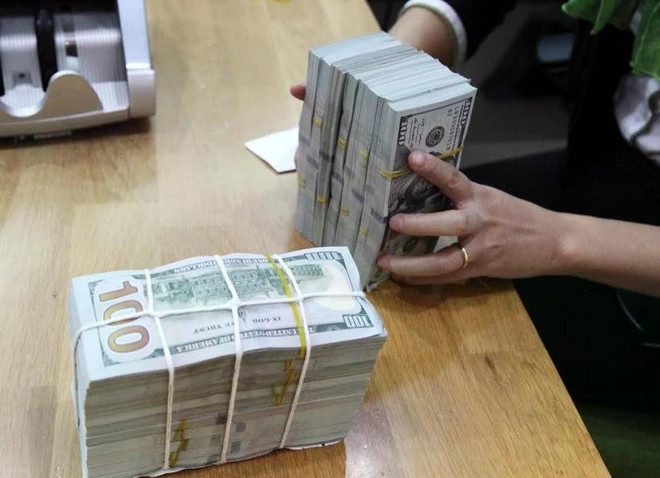
Hanoi (VNA) – Vietnam remains one of the world's top 10 recipients of remittances, with inflows continuing to play a crucial role in the country’s socio-economic development.
Remittance inflows into Vietnam were estimated to reach nearly 16 billion USD in 2024. This was considered a high amount amid difficulties of the global economy.
A vital resource for national development
Each year, remittance inflows typically surge at the end of the year and during the Lunar New Year, as overseas Vietnamese send money home to support their families and celebrate the festive season.
The peak transfer period lasts about a month before and after Tet (Lunar New Year), with both the number of transactions and the value per transfer rising significantly.
According to the World Bank (WB) and the International Organisation for Migration (IOM), Vietnam has received between 17-18 billion USD in remittance annually over the past three years. Over the last decade, remittances have been a bright spot in Vietnam’s economy, consistently ranking the country among the top three recipients in the Asia-Pacific region.
Ho Chi Minh City: A major destination for remittances
As Vietnam’s largest economic hub, Ho Chi Minh City continued to attract the highest volume of remittances.
Nguyen Duc Lenh, Deputy Director of the State Bank of Vietnam’s Ho Chi Minh City Branch, estimated that the city received approximately 9.6 billion USD in remittances in 2024, an increase of 140 million USD from the previous year.
The majority of remittance inflows to Ho Chi Minh City came from Asia, accounting for 53.8% of the total in 2024, a 24% increase from 2023. Inflows from Oceania and the Americas also grew by 20% and 4.4%, respectively, while remittances from Europe declined by 19.1%.
Ho Chi Minh City has recently introduced a new initiative, set to run until 2030, aims to optimise remittance resources.
One key proposal under this initiative would allow overseas Vietnamese who are not permanent residents in Vietnam to open bank accounts and hold savings in either foreign currency or Vietnamese dong. They would also have the right to transfer their principal and interest in their chosen currency.
Labour exports driving remittance growth
Deputy Prime Minister and Minister of Foreign Affairs Bui Thanh Son emphasised that nearly 6 million Vietnamese nationals are living and working in more than 130 countries and territories. They are making significant contributions to Vietnam’s economy, particularly in technology, education, healthcare, and philanthropic efforts.
With estimated remittances reaching 16 billion USD in 2024, inflows have remained at record-high levels, following a slow recovery from the COVID-19 pandemic.
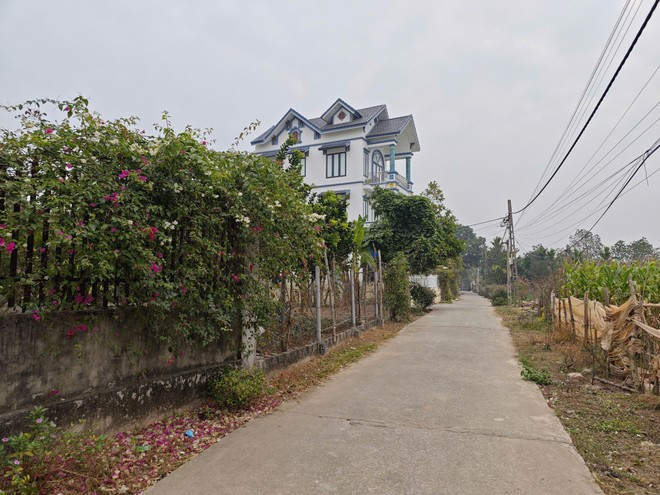
The Department of Overseas Labour under the Ministry of Labour, Invalids and Social Affairs reported that in the first 11 months of last year, 143,160 Vietnamese workers went to work abroad, exceeding the annual target of 125,000 workers. This increase in overseas employment is a key factor driving higher remittance inflows.
Real estate investment opportunities for overseas Vietnamese
For years, the Vietnamese government has encouraged overseas Vietnamese investment, offering incentives to facilitate capital inflows into the economy.
The recent revision of the Real Estate Business Law, effective from August 1, 2024 allows overseas Vietnamese to invest in property under the same conditions as for those at home. This change is expected to further boost remittance inflows.

Vietnam’s revised Land Law and Real Estate Business Law comprises regulations on stronger legal protection for property investors, granting overseas Vietnamese full rights to buy, sell, lease, and develop real estate projects. These regulatory improvements aim to attract more investment in housing and commercial properties.
Experts believe that the steady rise in remittances will strengthen Vietnam’s banking sector. It will boost foreign exchange reserves, and expand financial inclusion by improving access to banking services for rural households, thus enhancing the efficiency of investments from remittance resources./.
